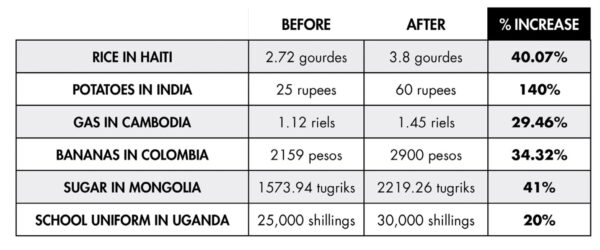This post is back by popular demand in honor of Hallmark Christmas movies starting TOMORROW! — Sarah
Something strange happens to me at the end of October.
I’m a smart, logical, educated person who appreciates arts and culture.
But at the end of October when Hallmark Christmas movies start playing 24/7, I turn into… someone else. Someone who will watch movie after movie with essentially the same characters and the same plot. Someone who tears up at the end of the movie when the lovers FINALLY kiss and then a gentle snow begins to fall.
Sigh. It’s so sappy.
But I’m a direct response fundraiser, so I notice something else.
A Hallmark Christmas movie reminds me of effective direct response fundraising. It’s formulaic. You know what’s coming next. The plot is easy to follow. And you may tear up because, gosh dang it, it’s emotional!
And it works.
Every year, they make more of these movies because people – like me – are watching them!
Sometimes we try to make our direct mail fundraising appeals into something more like a Cannes Film Festival entry. Complex. Ironic. Edgy. Different.
But that just doesn’t work as well.
If you want to appeal to the highest number of donors, your direct mail fundraising should be more like a Hallmark Christmas movie.
Here’s the basic formula:
- Tell them why you’re writing to them
- Share the problem that needs to be solved
- Tell how the problem could be solved
- Ask the donor to give a gift to solve the problem
- Go into more detail about the problem and solution
- Include a story that illustrates the problem (optional)
- Ask them to give again
- Signature and title
- P.S. Ask them to give again and include the deadline.
Listen. I get it. Near the end of every single Hallmark Christmas movie, I grumble and complain and wonder why I watch these silly movies.
Then the snow starts to fall and there’s a magical kiss and I’m a puddle on the floor.
There’s something about that feeling…
The direct response formula isn’t a secret. Simple. Easy to follow. Emotional. Maybe a little bit of magic… These things help donors get to the point where they will write a check to make something good happen.
Follow the formula with your next direct response fundraising appeal or email and let me know how it goes!









